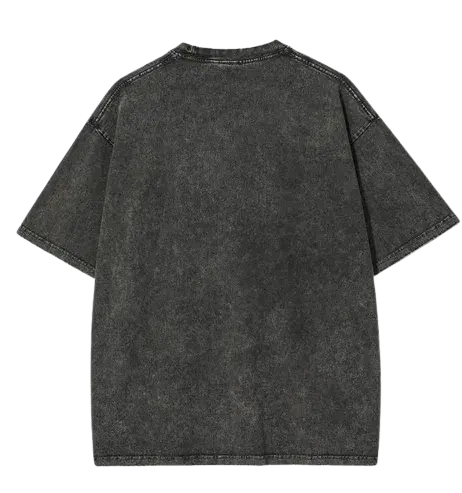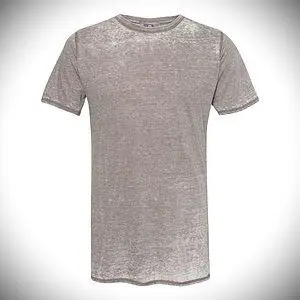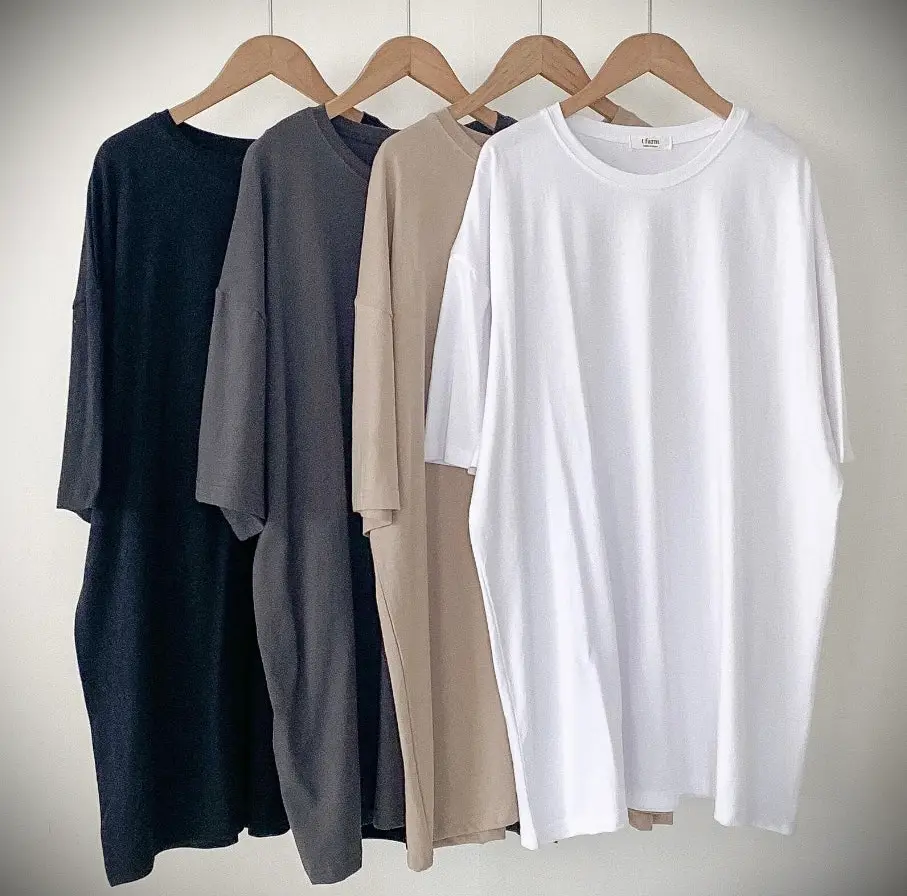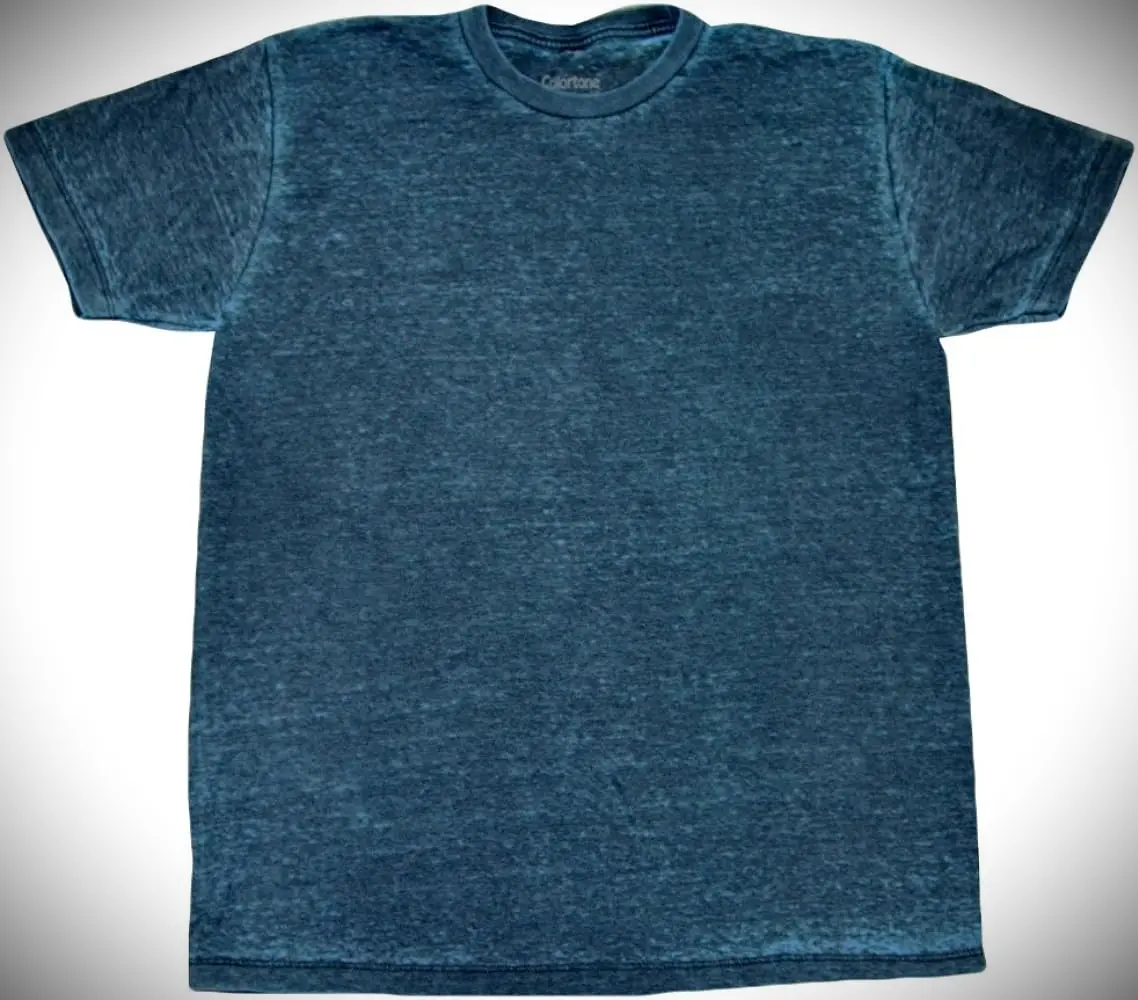Washing techniques are the same as sharpening a pencil to write better on the page because these techniques enable the fabric of the clothes. To give the fabric an amazing look & feel and make it look good on your customers. At Baagh enterprises, we guide our customers to help choose best washing technique based on their fabrics and products.

Acid Wash
Acid washing is primarily used in the finishing process of denim manufacturing to make the garments look worn and aged. Those who love a rugged aesthetic style appeal to garments because of their ability to give a unique and vintage-inspired look. And that’s one of the main reasons it is valued in the manufacturing industry. The acid-washing process involves treating denim fabric with acid-based chemicals, typically chlorine bleach. Acid washing creates irregular patterns and lighter and darker shades streaking that mimic the natural fading. And it wears the patterns you see in vintage denim garments.

Stone Wash
Primarily, stone washing benefits garments by enhancing comfort, imparting softness, making them more pleasant to wear, and giving a luxurious feel to the fabrics. The particular fabrics it works best on are cotton, wool, or silk. It reduces fabric stiffness and wrinkling by improving the appearance of the garments. The stone washing process can be performed using different application methods such as padding, spraying, or exhaust techniques. At the same time, it also depends on the type of fabric and production setup. It can be applied at various stages of production, such as dyeing or sewing (before or after). We work hard to ensure the best quality is delivered to the clients.

Bio Wash
Bio-washing makes your products extra soft, bright, durable, and eco-friendly. The process involves treating fabrics with specific enzymes, i.e., cellulases, which break down the fabric’s fibers and other organic compounds. It typically involves washing the fabric with water, detergent, and an enzyme solution. Making your clothes brighter, softer, and more eco-friendly is our responsibility so you can focus on what needs your focus, i.e., ways to increase your brand’s sales, get clear with your brand’s values and identity, and more.

Burnout Wash
Burnout washing, also known as devoré, specializes in the blended fabric containing synthetic and natural fibers. It’s vital to enhance the visual look and create semi-transparent areas that contrast with opaque regions. In the process of burnout washing, the neutral fibers are removed, i.e., cotton, from the fabric, which only leaves the synthetic fibers such as polyester or nylon. It works best on fabrics including chiffon, velvet, satin, and jersey, as well as cotton and polyester blends, silk, and polyester. Burnout washing is commonly used on T-shirts, dresses, tops, and scarves and allows different design effects, which include floral motifs, lace-like textures, and abstract shapes (depending on the desired aesthetic and the complexity of the process).

Preshrunk Wash
The speciality of preshunk that makes it stand out from other washing processes is it minimizes the shrinkage in fabrics, particularly cotton-based textiles. And it’s important to deliver customers their size maintained after the wash for clothing brands. With the preshrunk washing method, we offer our clients to help them with their garments inventory. The process involves subjecting fabrics to a controlled washing and drying process to simulate the effects of home laundry that helps achieve the goal of ensuring the garment maintains its size. Another big benefit of preshrunk washing is reduced costs because of the minimal fabric waste and production errors caused by post-production shrinkage. It can be applied to T-shirts, polo shirts, jeans, and casual wear items.
